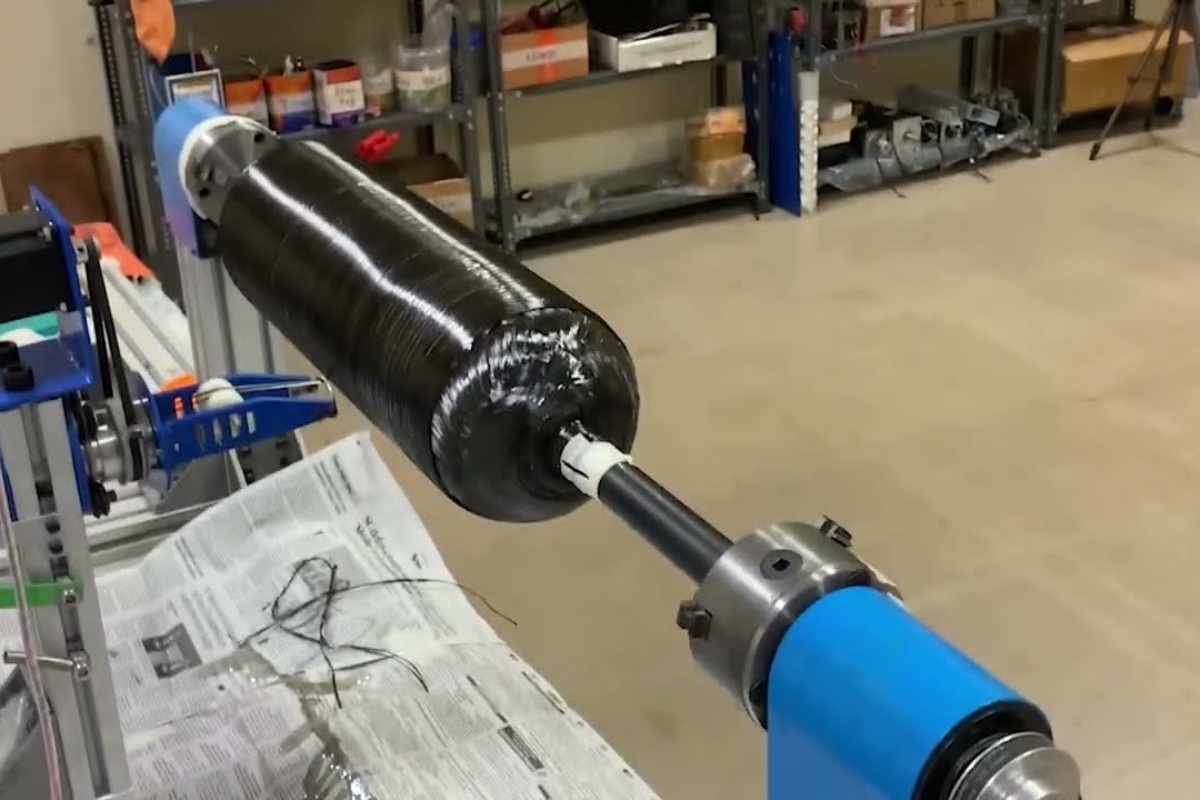If you want your business to run as smoothly and efficiently as possible, then one of the best things you can do for your operations is to make as many of the processes, you use regularly, as possible as repeatable as possible.
5 Steps to Building Repeatable Processes Today:
1. Standard Operating Procedures (SOPs) Are Your Friends
Before you do anything more technical, it’s a really good idea that you take a step back and write things down. What should you be writing down? Your Standard Operating Procedures, of course, These SOPs are the things that your business does regularly, and should include everything from answering the phone to processing orders.
It is only when you know what all of your SOPs are, that you can give your team members a guide on how they should carry out these tasks each time they need to do them. Plus, SOPs make training new staff a breeze, so no one’s left guessing (or accidentally doing things the “creative” way).
2. Automation is Not Just a Buzzword
Automation might sound like something reserved for mega-corporations, but small businesses can absolutely benefit from it. Identify repetitive tasks that don’t need a personal touch—things like invoicing, inventory tracking, or customer follow-ups—and consider software that can handle them for you.

For instance, if you’re manufacturing products, automating inventory updates when an item sells can save countless hours. And guess what? Fewer repetitive tasks mean you and your team can focus on what really matters, like creating value for your customers or coming up with the next big idea.
3. Filament Winding: The Poster Child of Repeatability
Here’s one you might not have expected—filament winding. If you’re in manufacturing, this process can be your best friend when it comes to consistency. Filament winding is essentially wrapping material around a core, layer after layer, to create a perfectly repeatable structure, like in carbon fiber or composite parts. This process takes the guesswork out of production and produces identical results every time.

Even if you’re not using filament winding in your business, the principle applies: find ways to “wind” consistency into your processes. If you can find a method to produce the same result with precision every time, you’re halfway to Building repeatable processes in business.
4. Templates, Templates, Templates
Templates are the secret weapon you need for repeatable processes in any business. Whether it’s for emails, marketing materials, reports, or invoices, having a template saves time and keeps everything looking sharp. Templates also reduce errors, because you’re not starting from scratch each time—just tweak a few details, and you’re ready to go.
Set up templates for any regular communication or document, and you’ll have that polished, “we-know-what-we’re-doing” look with half the effort.
5. Feedback Loops for Continuous Improvement
Building repeatable processes doesn’t mean they have to be set in stone. Create feedback loops so that employees and even customers can suggest improvements. Processes should be living, breathing things that get better over time.

When you make improvements based on real-world feedback, your processes evolve with your business. And the more streamlined they get, the closer you are to a seamless, repeatable operation.
Ready, set, repeat!








